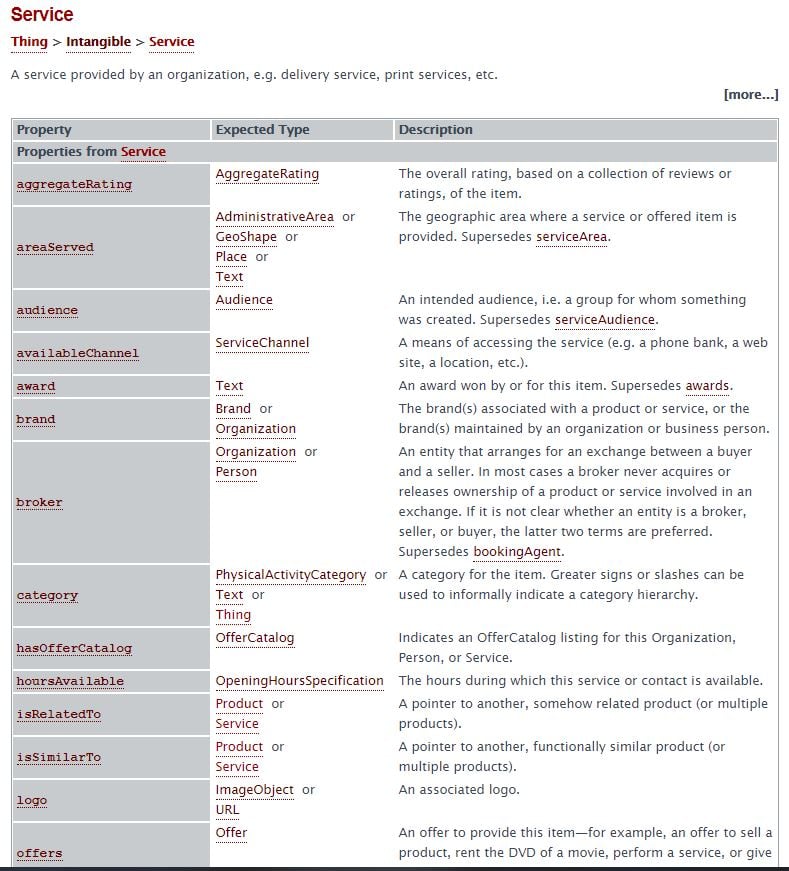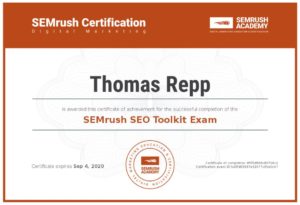
I know, I know…”What the heck are featured snippets?”, you ask.
In my mind, featured snippets or structured data is the largest opportunity out there for savvy industrial marketers to extend their brand into their respective industrial niches.
Hang in there with me…I wade into the weeds a little about structured data for industrial marketers.
I digress.
I had two phone calls this past week asking me about my last post. Apparently, my post got their attention. These individuals called me because they knew me personally, and both had similar questions. Their questions went something like this:
“Your last blog post got my attention. You mentioned the term “featured snippets” and I understand what they are because I see them every day. But I don’t know how to get our marketing crew to take advantage of the opportunity you spoke about in your blog?”
Even though I have written about featured snippets on several occasions, this article will dig a little deeper into the importance of this tactic and what you need to communicate to your marketing folks and/or your web developer.
First, let me quickly define what featured snippets are and what structured data is.
In the interest of providing the best available information to the online searcher, Bing, Google & Yahoo created a common set of data and standards in 2011. In 2015, Yandex, the largest search engine in Russia, joined schema.org. They agreed on specific language (i.e. programming code) standards that would create “information boxes” or “featured snippets” on the search engine return page (SERP). Using these standards creates useful and easily accessible snippets that improves the searchers’ online experience.
For example, try this. Type into Google, “How does vibration analysis work for electric motors”. This is what I see on the SERP page.

Because of specific standards (i.e. structured data) established by schema,org that was coded into this blog post, HECO was rewarded with a highly prized featured snippet that provides a summary paragraph and a URL link to a HECO blog post about “vibration analysis” if the user wants more information.
Can you say, “top-of-mind awareness”?
If you use Google’s’ Structured Data Testing tool it identifies specific standards related to the HECO’s demographics such as, correct corporate name, address, phone number, etc. Google’s tool also identifies specific standards required for a blog post that helped this article achieve featured snippet status for the search term.
Google’s tool also identifies “Warnings”, where code can be improved.
For industrial marketers that is a sure way to improve your brand within your niche. Just image the effect on your brand if you could achieve featured snippet status for 30-40 of your most important services and products?
So now that you have a top-level understanding of structured data and how specific code creates a featured snippet, let’s review what you can do to ensure your web development partners take advantage of this significant opportunity for industrial marketers.
Again, I digress just a little.
As I have written on many occasions, industrial marketers are not taking advantage of this opportunity. According to a 2016 survey of 300 US-based marketing agencies only 17% were using structured data tactics.
According to my own “survey” using real data, much less than 17% are using this tactic in the industrial sector.
Using data from SEMrush.com none of my client’s competitors are using structured data to achieve featured snippets for brand awareness.
NONE!
So, what is the process to achieve featured snippet status and what do you need to know to get your marketing department on the structure data band wagon?
Working to get featured snippet status is not enough to assure success on the SERPs. There must be a specific process that identifies your companies most critical products and services.
I will not belabor this, but as I wrote in my last blog, it is critical to create a strong industrial brand that resonates as the foundation for your content strategy, including featured snippets. This must come first.
OK…now that you have your content strategy bolstered by a strong brand theme you can focus on the 4-step process that will give your industrial business a competitive edge.
IDENTIFY
First, I help my clients identify 20-40 critical topics that relate to their most profitable products or services.
Then I open a “Project” within SEMrush.com specific to my client. SEMrush is a search engine optimization research tool that draws data from a massive database that helps me audit my client’s site and their competitors. After interviewing my client, I will plug in as many competitors as I can into the SEMrush “Project”. This gives me a great overview of the competitive landscape and what competitors show up in featured snippets for the 20-40 topics that I entered into the SEMrush “Project”. This helps me identify the low-hanging fruit and helps me prioritize the topics that need the most focus.
EXECUTE
Then we execute the strategy by developing robust pillar pages that focus on the specific topics we have identified. The pillar pages will be well written and highly technical, if needed, with a minimum of 1000 words. The pillar pages will have abundant graphics and videos. We will also include outbound links to trusted industry resources related to our topics. Google likes these helpful links to, typically authoritative, pages.
In my own mind, I want to create the most valuable and informative web page on the web for our specific topic, including resources from industry experts and even competitors if necessary.
Do it honestly…with no agenda.
Google knows!
Once the page is built then we do our best to write blog posts that relate to the pillar page topic. Over time we may have 10 to 20 blogs posts linked back to our pillar page. This tells Google, “Man o man…these guys really know what they are talking about.” Chances are, with the low content saturation rate in the industrial industry, the pillar page will rank at the top or close to the top of Google’s SERP. At that point, there is high probability that Google will select a summary paragraph from the pillar page and insert into the search engine return page, as in the example above.
If you are really good you will have a marketing associate execute a campaign of reaching out to your vendors, industry consultants, industry associates to create inbound links to the valuable information on your pillar pages. Tools like SEMrush.com help you identify websites with the most authority. SEMrush’s tool even provides email contacts and helps you track your outreach campaign to garner valuable and authoritative inbound links.
VALIDATE
Your developer should be aware of schema.org’s guidelines and insert the necessary code to adhere to schema.org’s standards. For example, schema.org has 100s of specific standards when you write about your;
- Your company’s location
- Your company’s address
- Your company’s phone number
- Your blog formats
- Products
- Product categories
- Services
- FAQs
- etc.
- etc.
If you go to https://schema.org/Service you can see how specific these standards are for just one category, “Services”.

Using various tools such as Google’s CodeLabs’ structured data guide and Google’s Structured Data Markup Helper you can ensure that your code is compliant to schema.org’s standards. There are other tools out there, but these are a good start.
Keep in mind that if you do mess up when your developer publishes your pillar pages, it is not the end of the world. In fact, the example above has a few errors in it, yet Google had it in their heart to put it at the top of the SERP with a featured snippet.
The validation process simply gives your pillar pages and related blog articles a competitive edge as others start to implement this valuable marketing tactic.
MONITOR
Now that you have developed your content strategy using critical topics and publish your valuable content, it is time to monitor your efforts.
Using tools such as Google Search Console and SEMrush.com you can identify which topics or pillar pages need your attention. Your web developer’s best efforts will always generate some errors here and there. If you pay attention and use good tools you will be able to correct them easily. Trust me, Google knows the marketers that participate in this level of detail.
You will also be able to monitor all your topics and all your competitors to see who has decided to take this important tactic seriously. Of course, being first to create these topic clusters gives your brand a decided advantage over your late-comer competitors.
OK…so that is the process.
So, what are the takeaways for the savvy industrial owner or industrial marketer to take advantage of this lead generation, branding & top-of-mind awareness campaign?
It is likely that you can not hire all the skill sets internally to create a comprehensive online strategy; graphics talent, web development, marketing automation expertise, rich content development, data analysis, SEO expertise, etc. So, when you do hire someone to create your website and web strategy ask them the following two questions:
- QUESTION: “Ms. Developer I fully realize that we need to create a lot a content to be competitive on the web and we are not good at that. How do you purpose we change the culture & the process so we can be more competitive on the web?”
- REQUIRED ANSWER… or something like this: “First, we need to review your brand theme or message. Does it resonate within your industry? Then we need to develop a coherent strategy to deploy content that is helpful to your prospects and customers. We need to identify who will create the content, internally or externally? Then we need to identify potential marketing automation platforms that help you deploy and manage all that content…and do you have a budget for this new channel to market?
- QUESTION: “Does your web developer understand schema.org standards?”
- REQUIRED ANSWER: ‘Yes, our development team understands the value in featured snippets and structured data and the standards that schema.org has established. We commonly use these standards for our clients.”
If you read & study this article and you ask your web developer or internal marketing department these two questions, and the they have the proverbial deer-in-the-headlights look…fire them or walk away.
Given the fact your customers/prospects are getting younger and more dependent on the web, plus the lack of content in the industrial sector, this long-term strategy is too critical to screw up.
For more info on what The Repp Group can do for your industrial marketing & lead generation…CLICK BELOW
Author:Tom Repp
A passionate marketer attempting to change the way industrial marketers leverage the web as a growth-oriented, lead generation machine. View all posts by Tom Repp



